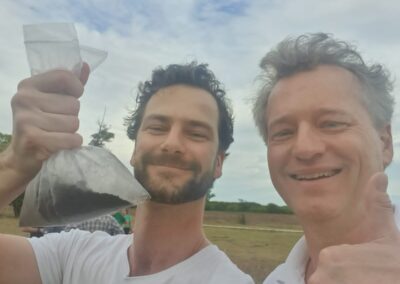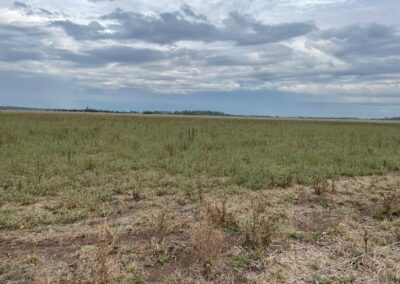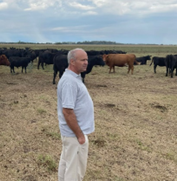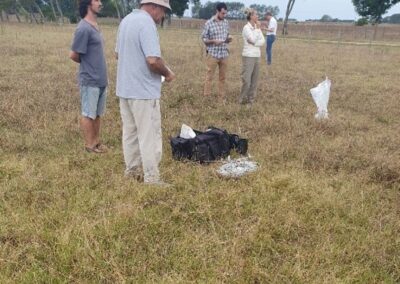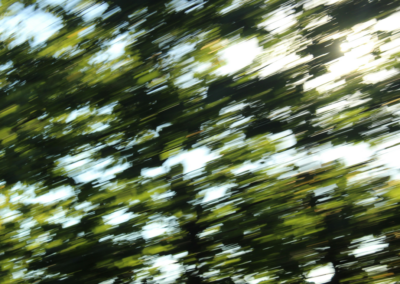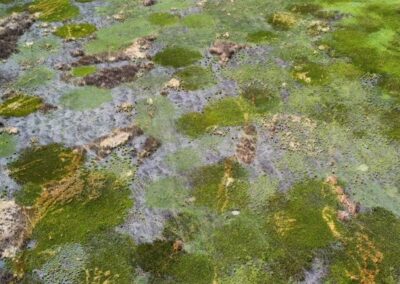16 March 2023
By Russell Holmes, Head of Data & Analytics
In March this year I had the privilege of joining my colleagues, Daan van der Kamp and Geert Eenhoorn, in Argentina at the kick-off of Climate Neutral Group’s South America Regenerative Agriculture (SARA) programme – a collaboration between CNG and RUUTs) aimed at rewarding regenerative grazing farmers for farming more sustainably.
Arriving in Buenos Aires I was (literally) hit by a heatwave that had been plaguing the county since November the year before. Record breaking temperatures soured to 45 degrees, 8 degrees above the normal in east-central Argentina. Basic functioning like walking was difficult and being a fit person feeling heat fatigue was difficult to comprehend and navigate. The scorching summer was accounted to the impacts of the La Nina climate pattern, exacerbated but climate change and the deforestation of Argentina’s natural inland forests which, would normally introduce cooling winds and trap moisture to create rain clouds.
One sweltering morning we boarded busses and took a day trip out to La Emma, one of the RUUTs flagship grazing farms. Our trip out to the area was alarming to say the least. Field after field of degraded and scorched land were evidence from months of low rainfall. We were told that many of the grazing famers were selling cattle or were closing-up shop due to the drought and the once thriving industry of the Argentinian steak was under threat of collapsing.
Our inspirational passionate guide, Pablo Borelli, (co-founder, and CEO of Ovis 21) explained that there has always been a symbiotic relationship between soil, the grass that grows on it and the animals that graze its pastures. For millennia grass planes have been grazed by antelope and, as such, have built a genetic dependency on grazing to regrow (like pruning a fruit tree). The issue with current grazing practices is due to overgrazing and not allowing enough time for the grass to recover, resulting in lower yields over time and the slow degradation of the soil. He proposed that by optimising the timing of grazing (as the migration of animals in the past would have done naturally) would benefit the grass, increase its yield and eventually improve soil conditions. This is a revolutionary concept.
The picture below of neighbouring farms, clearly demonstrate the difference between conventional grazing and regenerative grazing practices. With very little relative capital outlay one could completely transform from one’s operation, even during a drought. The main issue, however, is social reform and the resistance to change. Farmers are slow to adopt change and in fact show little faith in science. Could carbon credit be used as an additional incentive to push grazing farmers in the right direction?
Needless to say, the relentless heat wave has been a stark reminder of why programmes like SARA should be expedited as a matter of urgency and why Carbon Development programmes like AgriCarbon, are the catalysts that are needed to ensure we meet out 2050 net zero target.

